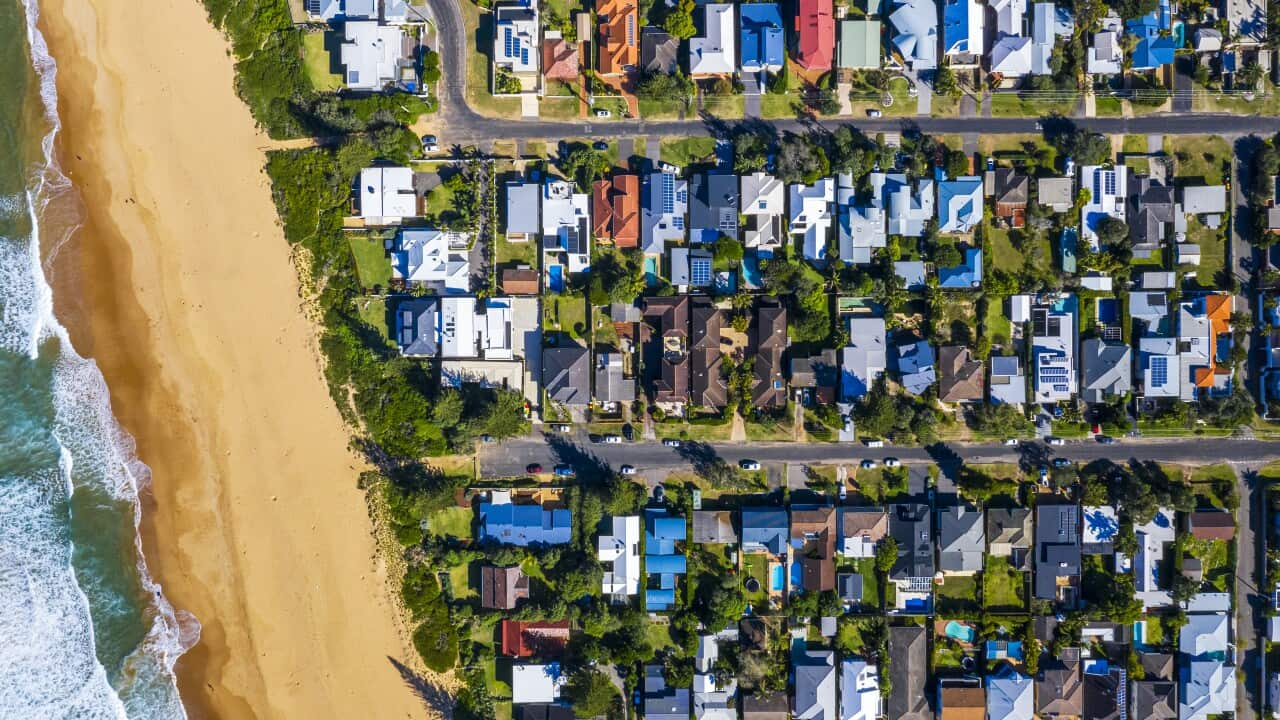Key Points
- The 2023 State of Place report surveyed more than 25,000 Australians to assess liveability across the nation.
- Liveability in Australia decreased overall, according to the results, with youths less satisfied than older people.
- Non-binary residents and young women in Tasmania and the Northern Territory reported some of the worst experiences.
Australia is becoming less liveable, according to the results of a nationwide liveability census, with gender and age among the biggest factors in whether people reported positive or negative experiences.
The 2023 State of Place report, published on Thursday by data research organisation Place Score, surveyed more than 25,000 Australians to get a temperature check of what it’s like to live in different communities across the nation.
The results make up the country’s largest social research database regarding liveability – and offer some illuminating insights into the satisfaction and wellbeing of people from different places and demographics.
Two main findings underpin the report: first, that liveability in Australia has decreased overall, according to communities; and second, that liveability varied, sometimes significantly, depending on individual neighbourhoods and the demographics within them. As the authors put it: "not all neighbourhoods are created equal… [and] not all our communities are enjoying the same advantages."
Gender and age were identified as some of the most impactful contributors to liveability, with young Australians the most likely demographic to rank their communities less liveable overall. Non-binary residents of all ages reported the worst experiences, followed closely by women under 25 living in Tasmania or the Northern Territory.
Meanwhile, over 64s rated liveability 7 per cent higher than the average, and reported being more satisfied with where they live than any other age group in every state or territory except for NSW. Men rated liveability higher than women in every state and territory, especially Victoria and the ACT.
Luke Hodgson, a researcher and writer for the State of Place report, suggested that perceptions of safety among different demographics, and the amount of importance placed on it, may have contributed to the discrepancies.
"The 2023 Australian Liveability Census revealed that regardless of your gender all young people place a high value on their Sense of personal safety," Hodgson wrote in the 'opinion pieces' section of the report.
"Unfortunately, the lived experience is quite different for each group. The ratings ascribed to these same attributes by the different genders reveal that young women and those who identify themselves as non-binary rate their sense of personal safety where they live up to 15 per cent lower than young men."
Similarly, the report noted that the census' two most significant contributors to liveability both related to "social aspects of place that make us feel welcome and safe" – namely, whether a neighbourhood is deemed: "Welcoming to all people" and whether an individual feels: "There are people like me".
Other key factors in a liveable community included connectivity, elements of the natural environment, and the accessibility of local businesses that provide for daily needs.
The ideal Australian neighbourhood, according to the census results, is one that is green and "celebrates the uniqueness of its natural environment," while at the same time being well maintained and offering local shops and services within walking distance of homes; places such as the suburb of Lane Cove in Sydney, and the local government areas of Boroondara in Melbourne and Vincent in Perth.
The relative importance of these factors, however, was also skewed according to age group.
The most significant differences in value that contributed to an "ideal neighbourhood" differed the most between the oldest and youngest community members, with those under the age of 25 placing much greater importance on factors such as employment opportunities, a range of housing prices and things to do in the evening.
"Youth are wanting neighbourhoods to work a lot harder in meeting all their needs from work, to leisure, and be well connected, sustainably designed – all with diverse, affordable housing options," the authors of the census report said.
While those aged 65 and older generally had the most positive things to say about their communities, however, the youth demographic still ranked two points higher than the national average in terms of their areas’ perceived livability.
"We are generally more positive about many of the aspects that older residents complain about," said Hodgson, "but when something is impacting us negatively we will let you know."
Those aged between 25 and 44 meanwhile rated liveability lower across the board than any other age bracket – a result that was likely , accessibility and back to office working, according to the authors of the report.
Victoria and South Australia tied for the nation’s most liveable states and territories, with a place experience score of 70, followed by a three-way tie between NSW, Western Australia and the ACT (67), Queensland and Tasmania (66), and the Northern Territory (63).





